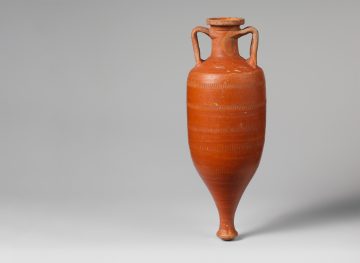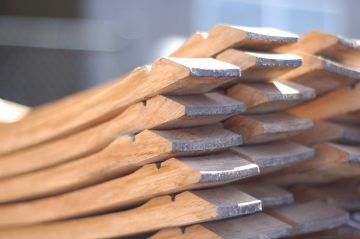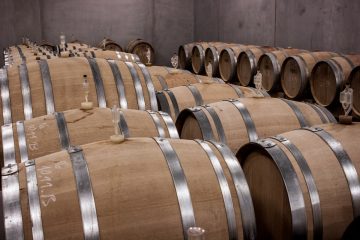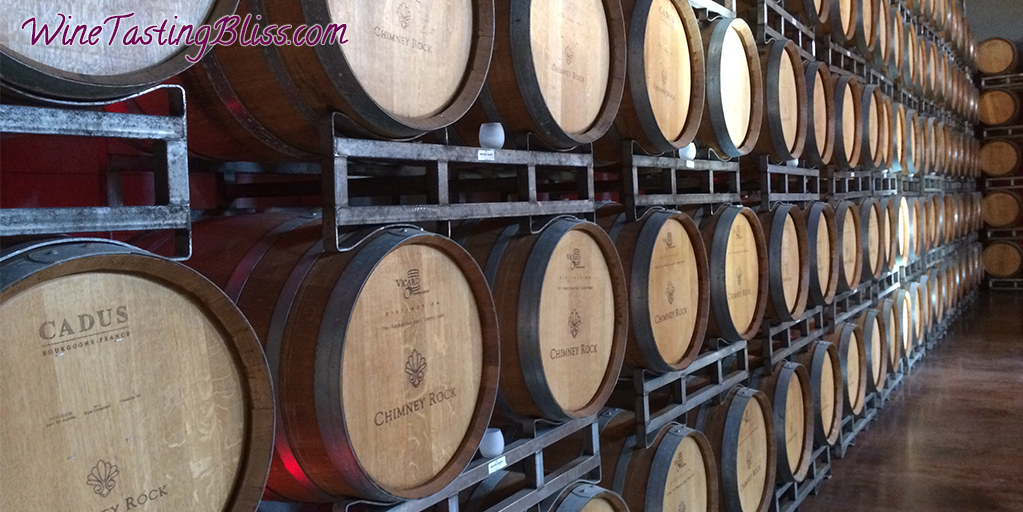Making wine is a wonderful blend of art and science! The process has been refined over millennia, with each generation building on the advances from before. Each step of the wine making process has a specific and unique contribution to the whole. Ever wonder why most wines are aged in barrels? Here’s what you should know:
 Wine was not always stored or aged in barrels. When wine was a new concept, created to provide a germ-resistant source of hydration, it was stored in two-handled clay jars called amphora. It seems that the ancient Mesopotamians moved beyond clay jars to palm-wood barrels. For the last 2,000 years or so, oak has been the wood of choice for wine making.
Wine was not always stored or aged in barrels. When wine was a new concept, created to provide a germ-resistant source of hydration, it was stored in two-handled clay jars called amphora. It seems that the ancient Mesopotamians moved beyond clay jars to palm-wood barrels. For the last 2,000 years or so, oak has been the wood of choice for wine making.
Aging in oak barrels improves the wine in several ways. The oak contains phenols and tannins, both of which contribute specific flavors to the wine. The phenols develop flavors of vanilla and tea, while the tannins in the wood protect the wine from oxidation while transferring tannic and smokey flavors to the wine itself.
 Aging in barrels is not without its issues. First, the barrels themselves are expensive. A mature oak tree only has enough wood to make two barrels. After the raw lumber is transformed into a wine barrel by a master cooper, the resulting barrel can cost $600 – $1,200. A barrel can be used over and over, but the flavor impact of the oak drops off after the first few years.
Aging in barrels is not without its issues. First, the barrels themselves are expensive. A mature oak tree only has enough wood to make two barrels. After the raw lumber is transformed into a wine barrel by a master cooper, the resulting barrel can cost $600 – $1,200. A barrel can be used over and over, but the flavor impact of the oak drops off after the first few years.
 Another down-side of barrel aging is evaporation during the aging process. A wine barrel can lose up to 10% of its delicious contents every year, requiring periodic topping off. That means that the wine maker ends up with a certain percentage of empty barrels by the end of the aging process, consumed by topping off the adjacent barrels.
Another down-side of barrel aging is evaporation during the aging process. A wine barrel can lose up to 10% of its delicious contents every year, requiring periodic topping off. That means that the wine maker ends up with a certain percentage of empty barrels by the end of the aging process, consumed by topping off the adjacent barrels.
After the aging is complete, the wine is ready to bottle, and shortly, to drink. At your next tasting, raise your glass to the lowly oak tree, without which the wine would be far less amazing!
About the Author: John grills a mean steak and is always in the market for another wine fridge. Believes that if a winery has more than 10 employees, it's probably too big. Buys wine faster than he drinks it, but who cares?


